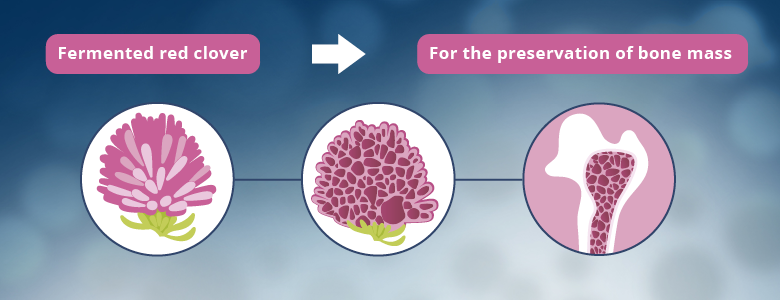The Food for Special Medical Purposes (FSMP) category is also called medical nutritional products and consists of products that are used as a supplement to the regular diet. The nutritional products are developed in close collaboration with health care professionals and aimed at patients affected by a specific diagnosed disease, disorder or medical condition that makes it impossible or very difficult for those patients to satisfy their nutritional needs through the consumption of other foods.For that reason, Foods for Special Medical Purposes must be used under medical supervision, which may be applied with the assistance of other competent health professionals (Regulation (EU) 2016/128 of 25 September 2015).

Foods for Special Medical Purposes are divided into three subcategories
There are three subcategories in the Food for Special Medical Purposes category. The first two include the nutritional products that are nutritionally fully or partially complete. They either have a standard composition, or a disease- or function-specific composition which means that they can constitute the sole or partial source of nourishment. The third category is those foods which also have either a standard composition, disease- or function-specific composition, but which cannot constitute the sole source of nutrition. The third category is, in other words, for specific dietary deficiencies (Regulation (EU) 2016/128 of 25 September 2015).
REGOROS, fermented red clover extract is in the last category. As fermented red clover can be used for dietary preservation of bone mass, but it is also necessary to consume other foods to meet the vitamin, mineral and calorie requirements.

The fact that REGOROS can be used for dietary preservation of bone mass has been documented in several scientific trials conducted at Aarhus University Hospital. These trials were conducted by Associate Professor PhD Per Bendix Jeppesen and MSc Max Lambert. The two researchers have conducted a meta-analysis of the research where isoflavones have been used. This showed that it is necessary for the isoflavones to have an aglycone form in order to have a bone-preserving effect. This aglycone form can, for example, be achieved by fermentation



